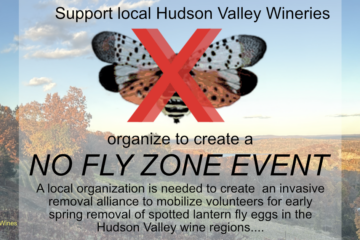The Hudson River Region AVA, established in 1982, is a notable American Viticultural Area located in New York. This region, known for its diverse microclimates and unique terroir, has been gaining recognition for its wine cultivation and production. Let’s look into the characteristics of the region, its grape varieties, and the winemaking process.
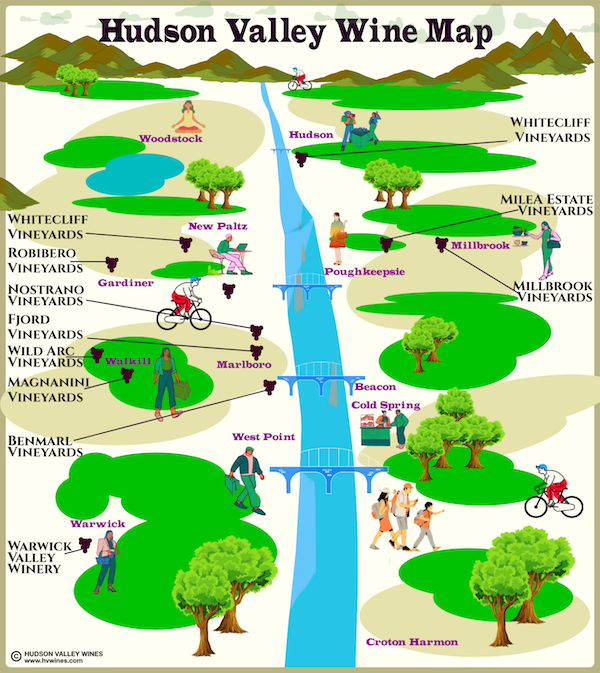
Geographic and Climatic Characteristics
The Hudson River Region AVA stretches along the banks of the Hudson River, encompassing parts of Columbia, Dutchess, Greene, and Ulster counties. The region benefits from a varied topography, featuring rolling hills, valleys, and proximity to the river, which moderates temperatures and creates a microclimate conducive to grape growing.
The climate in this area is characterized by a mix of continental and maritime influences. Summers are typically warm, promoting the ripening of grapes, while the presence of the river helps mitigate the risk of frost in the spring and fall. However, the region also experiences cool nights, which are crucial for preserving the acidity and flavor profiles in the grapes. This climatic diversity allows for the cultivation of various grape varieties, adapting to the cooler conditions and ensuring a range of wine styles.
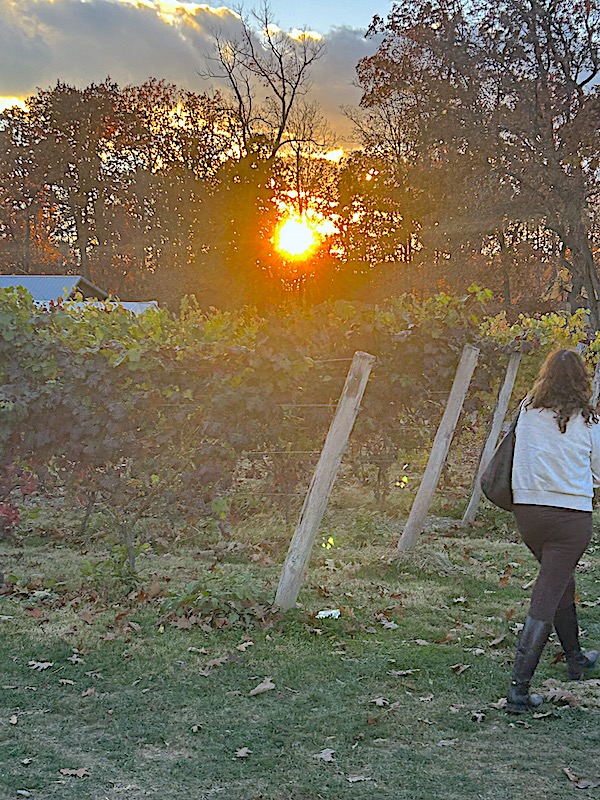
Grape Varieties
The Hudson River Region is home to a variety of grape cultivars, each thriving in its unique terroir. Notably, hybrids play a significant role in the region’s viticulture. Varieties such as Chardonnay, Cabernet Franc, Blaufrankish, and Riesling are commonly grown. Hybrids like Baco Noir and Seyval Blanc have also gained popularity due to their disease resistance and ability to flourish in cooler climates.
The region’s wineries focus on both red and white wines, with Cabernet Franc emerging as a flagship red variety. It exhibits bright acidity and herbal notes, reflecting the region’s terroir. On the white side, Chardonnay is prevalent, often resulting in crisp, mineral-driven wines with complexity. The diversity of grape varieties allows winemakers to experiment with blends, further enhancing the region’s offerings.
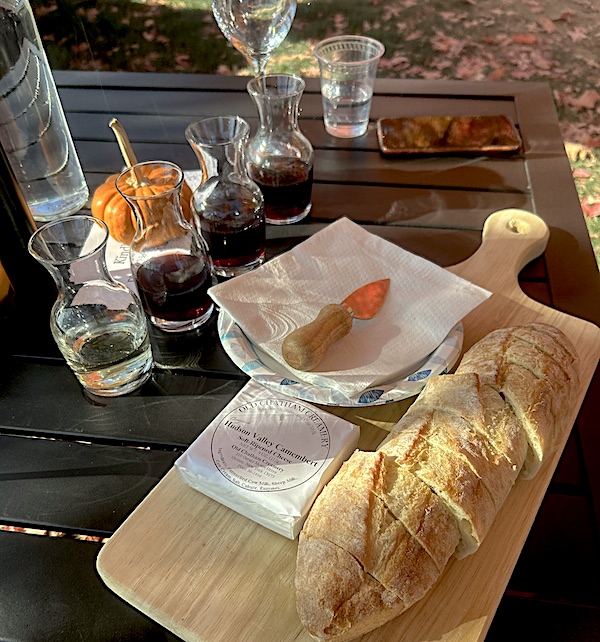
Winemaking Practices
Winemaking in the Hudson River Region emphasizes a combination of traditional and innovative techniques, driven by a commitment to quality and sustainability. Many wineries practice sustainable viticulture, focusing on environmentally friendly methods to enhance soil health and reduce chemical use. This approach aligns with the growing trend of organic and biodynamic farming practices in the area.
Harvesting typically occurs in late September to early October, depending on the grape variety and weather conditions. Winemakers in the region utilize both modern technology and traditional methods, such as handpicking grapes and using small-batch fermentation techniques. This care in the vineyard and winery contributes to the development of unique flavor profiles that showcase the terroir.
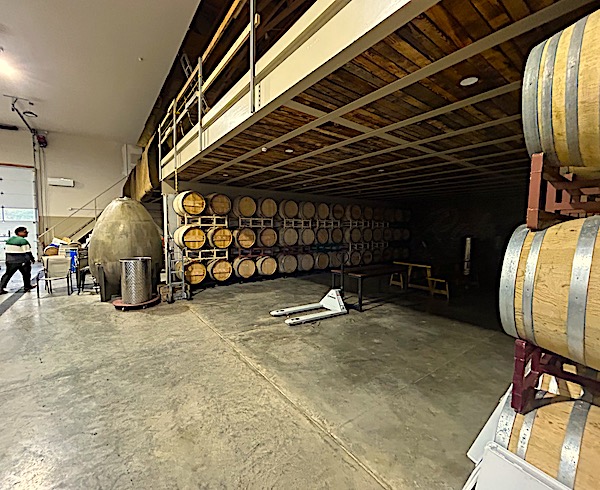
Aging practices vary among producers, with some opting for stainless steel fermentation to preserve the fresh fruit characteristics of their wines, while others use oak barrels to impart additional complexity and richness. The result is a range of wines that reflect the diversity of the Hudson River Region, offering something for every palate.
The Hudson River Region AVA is emerging as an exciting area for wine cultivation and production, characterized by its diverse climate, a variety of grape cultivars, and a commitment to sustainable winemaking practices. As interest in this region grows, so too does its reputation for producing high-quality wines that capture the essence of this unique terroir.
TOP RATED WINES OF THE HUDSON VALLEY – INCLUDING “BEST RED IN THE HUDSON VALLEY”






More Hudson River Region Wine: Find the best wines on WineSearcher


